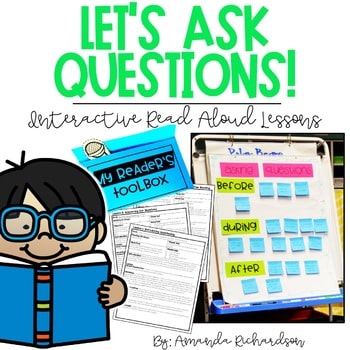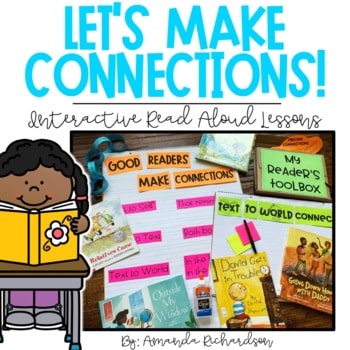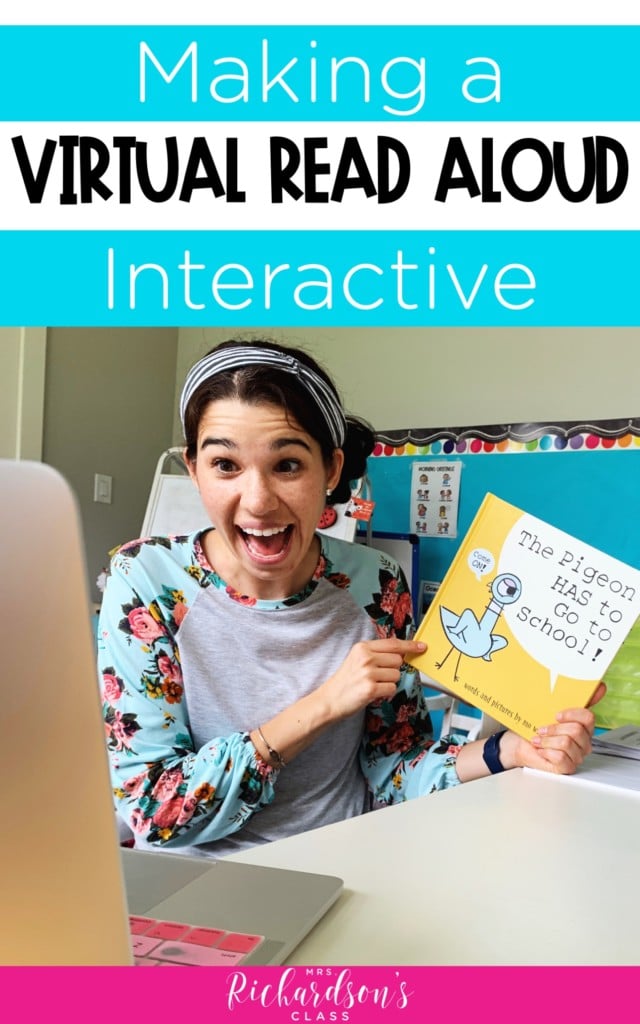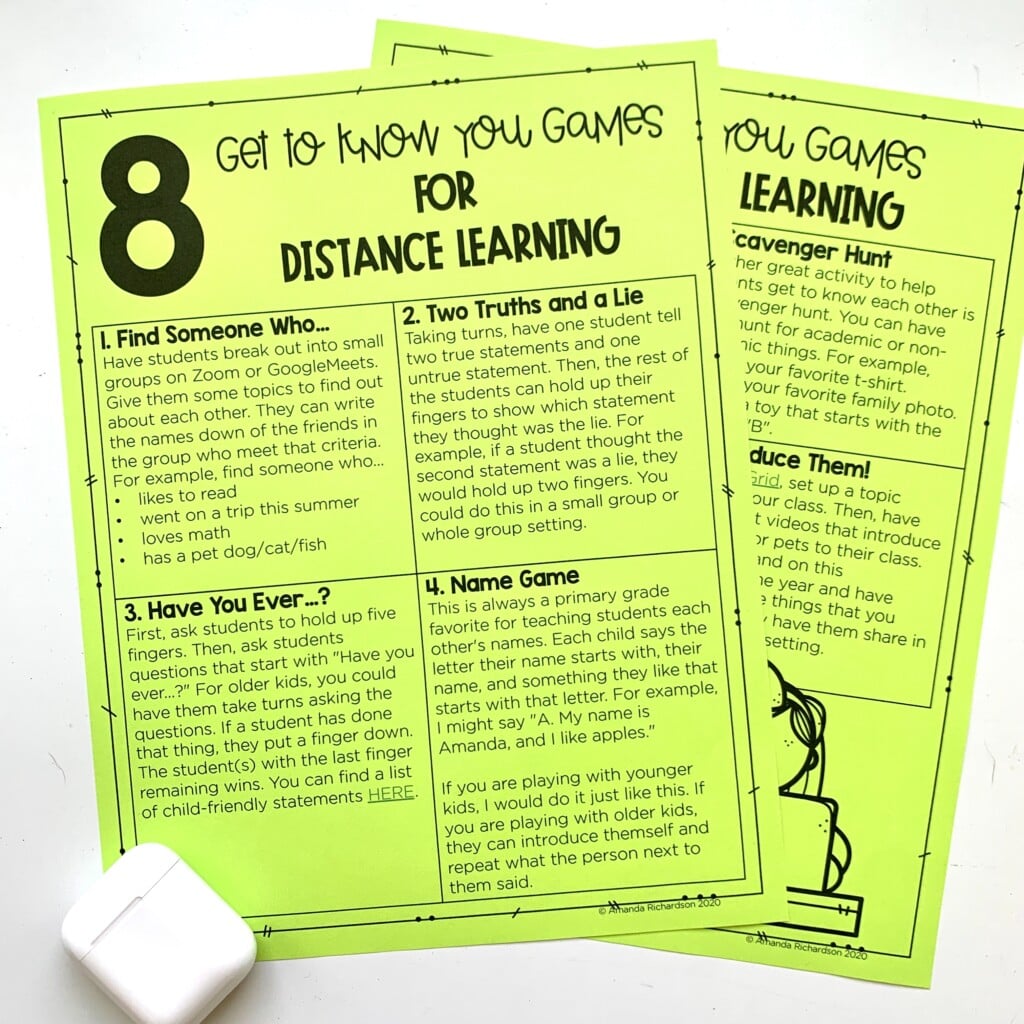


One of my favorite parts of the day in the classroom was interactive read alouds. When it comes to interactive virtual read alouds during distance learning, the benefits will still be the same.
Students get to experience an engaging, rich text that is age-appropriate on their listening level. You get to model how to think like a reader and proper fluency. The students get to learn more about each other because they have sharing opportunities throughout the read aloud. It’s such a powerful time!
By picking a book with intentionality and inviting students to participate in discussion from cover to cover, you will help students become strategic readers, develop a love for reading, and expose students to a large variety of genres.

The same principles apply for an interactive read aloud while distance learning as one for in-person learning. You’ll want to be intentional about the text you choose. Your interactive read aloud may not coordinate with the theme you are teaching, but that’s okay. We’d rather the students learn about a specific reading strategy through a strong text that lends itself to that strategy than be on-theme.
Here’s how to choose a text for virtual interactive read alouds:
The main difference between a read aloud and an interactive read aloud is that the students are interacting with the text and the teacher. We are inviting conversation from start to finish with the book in an interactive read aloud.
Virtual interactive read alouds will be very similar to in-person interactive read alouds. We will just have to get creative in engaging students and inviting participation. Here are a few things to try during your next interactive read aloud:
Interactive read alouds pack so much into such a small part of the day. I just love what I can accomplish through them. My students loved them just as much as I do. If you find yourself teaching via distance learning, I’d encourage you to try making virtual interactive read alouds a part of your daily balanced literacy routine.


If you want to be totally prepared to teach each reading strategy through powerful interactive read aloud lessons, check out the Questioning Interactive Read Aloud Unit and the Making Connections Interactive Read Aloud Unit. They each have scripted lessons, strategy notes, a reader’s toolbox tool, and an example teaching schedule.



I’m a K-1 teacher who is passionate about making lessons your students love and that are easy to implement for teachers. Helping teachers like you navigate their way through their literacy block brings me great joy. I am a lifelong learner who loves staying on top of current literacy learning and practices. Here, you’ll find the tools you need to move your K-2 students forward!


| Cookie | Duration | Description |
|---|---|---|
| cookielawinfo-checkbox-analytics | 11 months | This cookie is set by GDPR Cookie Consent plugin. The cookie is used to store the user consent for the cookies in the category "Analytics". |
| cookielawinfo-checkbox-functional | 11 months | The cookie is set by GDPR cookie consent to record the user consent for the cookies in the category "Functional". |
| cookielawinfo-checkbox-necessary | 11 months | This cookie is set by GDPR Cookie Consent plugin. The cookies is used to store the user consent for the cookies in the category "Necessary". |
| cookielawinfo-checkbox-others | 11 months | This cookie is set by GDPR Cookie Consent plugin. The cookie is used to store the user consent for the cookies in the category "Other. |
| cookielawinfo-checkbox-performance | 11 months | This cookie is set by GDPR Cookie Consent plugin. The cookie is used to store the user consent for the cookies in the category "Performance". |
| viewed_cookie_policy | 11 months | The cookie is set by the GDPR Cookie Consent plugin and is used to store whether or not user has consented to the use of cookies. It does not store any personal data. |


